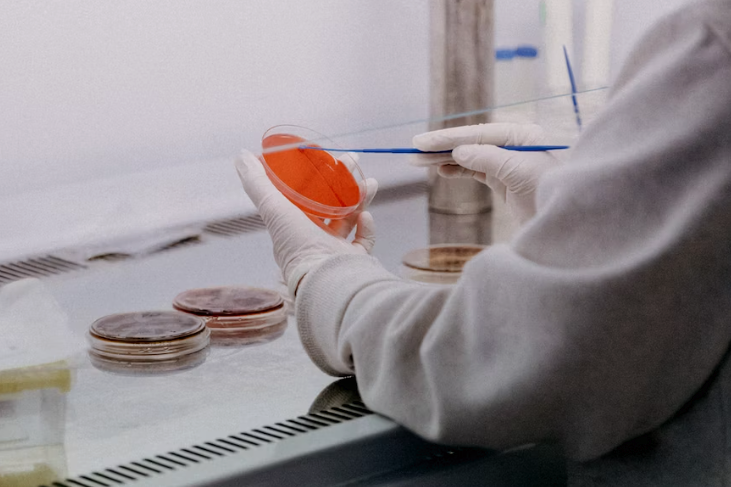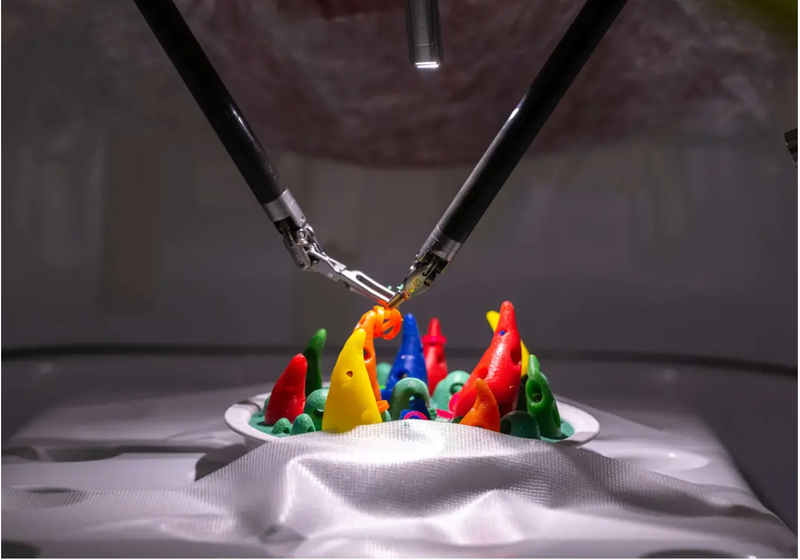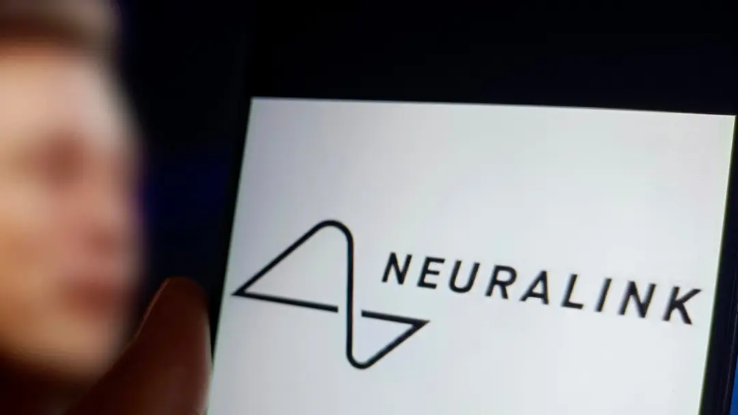Synthetic Embryo Created in Groundbreaking Advance
Researchers from Cambridge University and the California Institute of Technology (Caltech) have created the first-ever synthetic human embryos by using stem cells — a breakthrough discovery with the potential to better understand genetic disorders and recurrent miscarriages

Facts
- Researchers from Cambridge University and the California Institute of Technology (Caltech) have created the first-ever synthetic human embryos by using stem cells — a breakthrough discovery with the potential to better understand genetic disorders and recurrent miscarriages.1
- The anatomical structures don't require sperm or eggs and don't have a beating heart or the basis of a brain, but do contain cells that would usually develop into the placenta, yolk sac, and the embryo itself. It's also unknown if they would become viable embryos if implanted.2
- Dr. Magdalena Zernicka-Goetz, of both Caltech and Cambridge, stated that they were created "by the reprogramming of [embryonic stem] cells." This raises ethical questions, as many countries have no "legal framework" for "governing stem cell-derived models" as there are for in vitro fertilization (IVF), per an associate research director at the Francis Crick Institute.3
- As these embryo models mirror human embryos at the 14-day mark after fertilization — the agreed-upon limit for scientists to study embryos in the lab — Zernicka-Goetz says the goal of her research isn't to create new life but to prevent the loss of life.4
- This follows the professor's previous work alongside a group at the Weizmann Institute in Israel that showed stem cells from mice could be encouraged to self-assemble into early embryo-like structures with an intestinal tract, the onset of a brain, and a beating heart.1
- Research in China earlier this year saw scientists create embryo-like structures from monkey embryonic stem cells, which were then implanted into the uteruses of eight female monkeys. Three of the eight implants resulted in hormones normally associated with pregnancy.5
Sources: 1Guardian, 2Sky News, 3Al Jazeera, 4CNN, and 5Phys.
Narratives
- Narrative A, as provided by Phys. While there are concerns regarding this technology, the benefits far outweigh the risks on this issue. For those who fear this could lead to a dangerous explosion in human cloning, that technology has been around for 25 years and the cloning apocalypse still hasn't happened. Synthetic embryos will give the hundreds of thousands of women dealing with pregnancy complications a safer alternative, so this option deserves extremely serious consideration.
- Narrative B, as provided by Atlantic. Just because something is scientifically possible doesn't mean we should do it. Mothers and fathers are supposed to create babies together, and mothers carry them in their wombs — just as every other animal does — because it builds an unmatched connection between parent and child. Without a natural conception and birthing process, the start of human life could be mechanical and robotic rather than beautifully willful.






